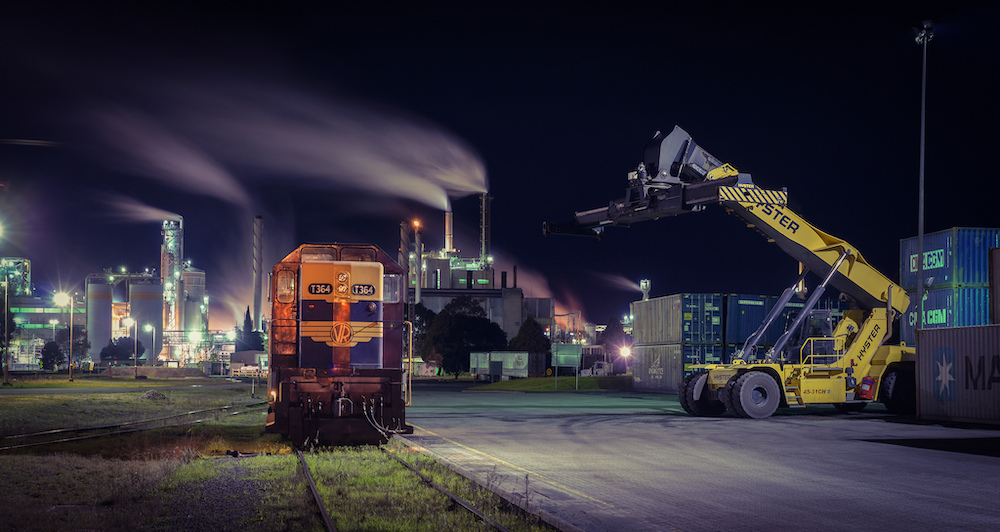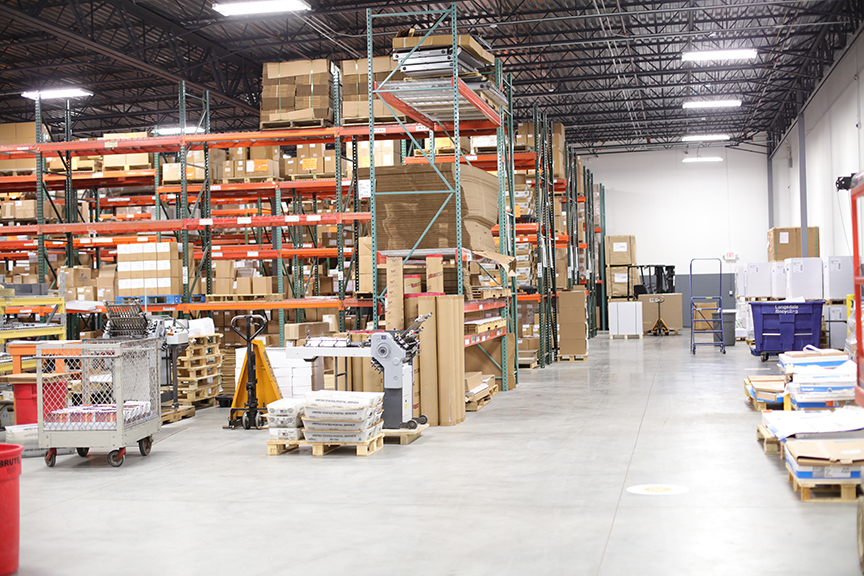Paper price increases in 2019: Here’s how it’s impacting businesses

Due to the closing of major paper mills, and the rising cost of materials to make pulp, the paper industry is experiencing across-the-board increases. We have numerous letters from paper suppliers indicating a 3-5% paper price increase since the start of 2019. All of Fineline’s estimates since January 1, 2019 include the paper price increases and are good for 30 days from date of estimate.
As a strategic print partner our role is to proactively communicate increases, transparency in cost, and manage sourcing in a cost-effective way. Here’s what we know about industry changes and why it’s happening:
Paper Price Increases – Industry Changes
The emergence of the digital age has resulted in diminishing paper demand over the past 10-20 years. Evident in the transition to digital journalism and consumer incentive programs like “going paperless.” This means overall print and supplier margins have narrowed and companies are having to fluctuate to stay competitive. Beyond demand: freight costs, fewer freight drivers, China restrictions on importing recycled fiber, exported pulp materials, and minimum bulk orders have led to the inflation of the paper and packaging market.
Because of the instability in the market, paper mills have stopped investing in new (highly expensive) mass-production equipment and have been closing down without any notice. Leading to the decline of entire communities and as you can imagine putting other businesses, like distributors and resellers, in a difficult position. As of January 10, 2019 paper mill Georgia Pacific announced closure of their paper mill which will take out 650,000 tons or a full 8% of uncoated paper off of the market.
As a print company in business for over 38 years, we operate our business in the best interest of our clients. Paper price increases can be hedged, to a certain extent. Here’s how we do it:
How paper price increases can be minimized with inventory and purchasing
Between freight challenges and limited paper production, it’s essential that printers are highly intuitive about timeline to delivery and ordering processes. Otherwise, paper fulfillment and print production can be delayed for weeks. We recently changed our delivery schedule from 1x daily (at 3pm) to 2x daily (noon and 3pm), to ensure we have next day delivery on time sensitive projects.
If print companies have the physical space to store paper on-site as part of their inventory, they can buy in bulk and reduce overall costs. Fineline does an annual and quarterly projected bulk order based on past data, to be proactive about cutting costs. Making sure that we have supply (availability of stock) also improves speed of delivery. If you don’t have the inventory or can’t get the same paper in time for one project, you end up with two different products – and in a tough place.
Consulting around Paper Price Increases
Consult with resellers that are in constant communication with paper distributors, who are in-turn, always “in the know” on paper mill purchasing. Asking the right questions about comparable paper stock alternatives which can (at times) completely negate price increases.
What does the future look like for paper price increases?
Well, the dichotomy to this question is that the market is unpredictable. What we do know is with best practices in place, companies like Fineline can mitigate paper price increases for our clients over time. We also know standard industry practices impact demand, like election years and emergence of more affordable production equipment. Our best advice: stay on top of the news and have a print partner you can trust (just saying).

